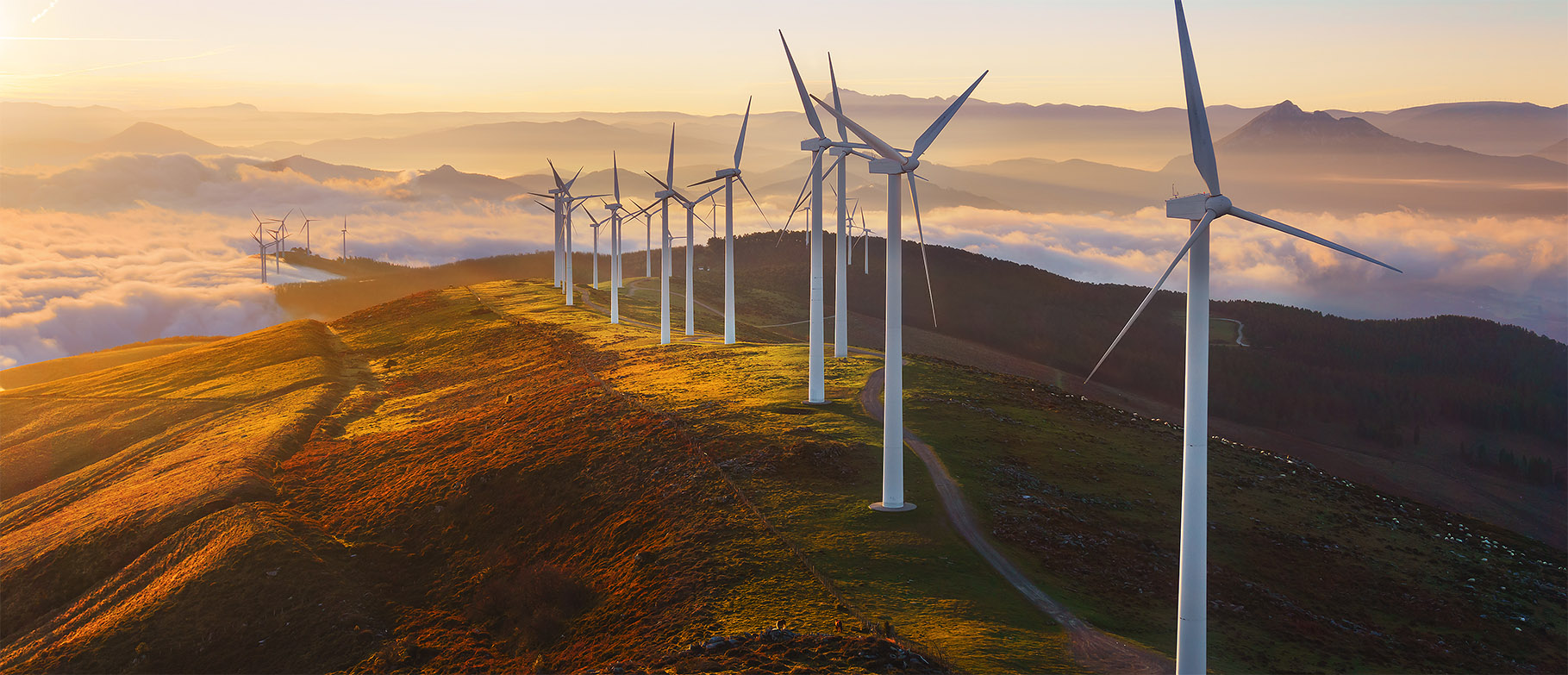
ENERGY TRANSITION HUB Differences between the current and future energy model
In global terms, the current energy model is characterised by a constant growth in consumption, based primarily on finite resources (fossil fuels), with serious and unpredictable consequences for the planet's climate due to continued greenhouse gas emissions. Such fuels are also sourced from third countries and are dependent on price and supply conditions, creating two major problems: energy dependency (97% in the case of the Basque Country) and geo-political instability, when these resources are used as an instrument of political influence. This very high rate of dependency makes our socio-economic model fragile, in terms of the cost and instability of the supply.
Finally —and this is a key factor— the current energy model lacks a sense of solidarity and fairness, since it excludes most of the world's population: the wealthiest 20% of the world's population consumes 80% of its energy resources. Thus the model would be impossible to extend to the entire planet, since there are not enough fossil resources for all.
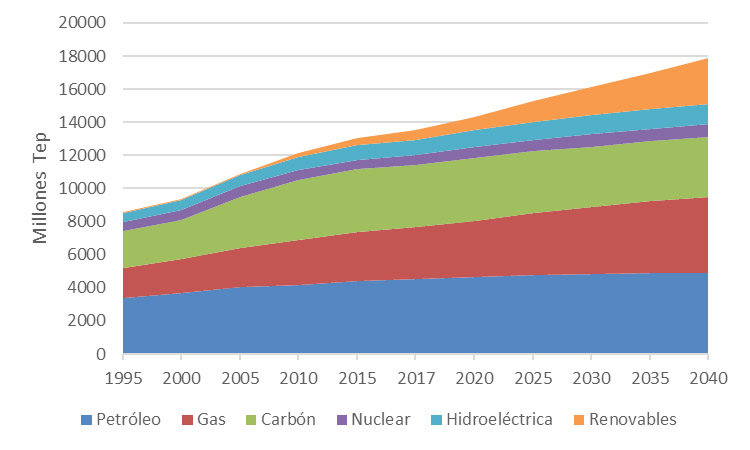
Figure: growth trend in global energy consumption in a scenario of greater economic prosperity among developing countries. Source: BP GLOBAL 2019.
In contrast to that unsustainable model, the model for the immediate future will involve reducing the economy's dependency on fossil fuels, thus cutting greenhouse gas emissions. In the case of the European Union, this involves decarbonisation of the economy by 2050.
The key actions centre on energy demand (consumption) and energy generation are as follows:
Energy efficiency
Solutions geared towards reducing final energy consumption in all sectors: transport, residential, building, services, etc., and in all uses: lighting, transport, HVAC, mobility, etc.
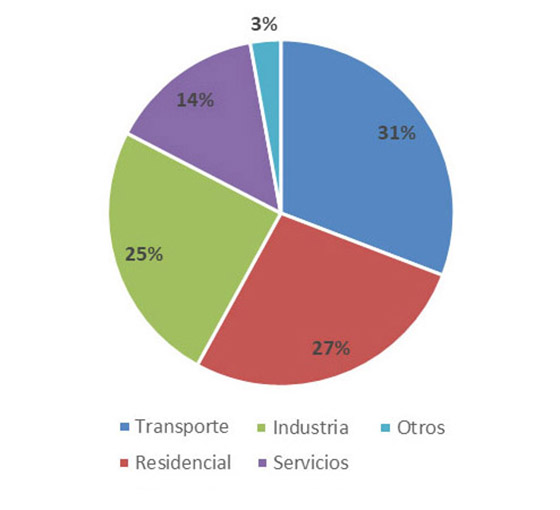
Figure: Final energy consumption by sector in the EU (28). Source: Eurostat 2017
Renewable energy
Growing implementation of technologies that allow decarbonisation of the energy mix: solar photovoltaic, solar thermoelectric, wind, biomass, etc. Renewables use local resources (wind, sun, etc.), thus cutting the economy's external dependency on fossil fuels, and reducing price and supply risks. In general, they use non carbon-emitting technologies.
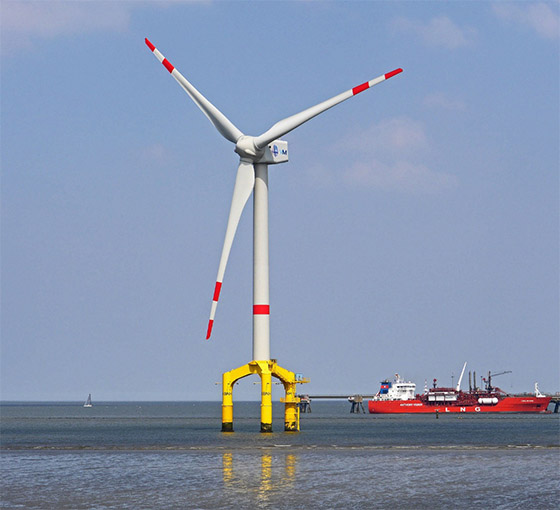
Image: Offshore wind turbine. Source: Pixabay.
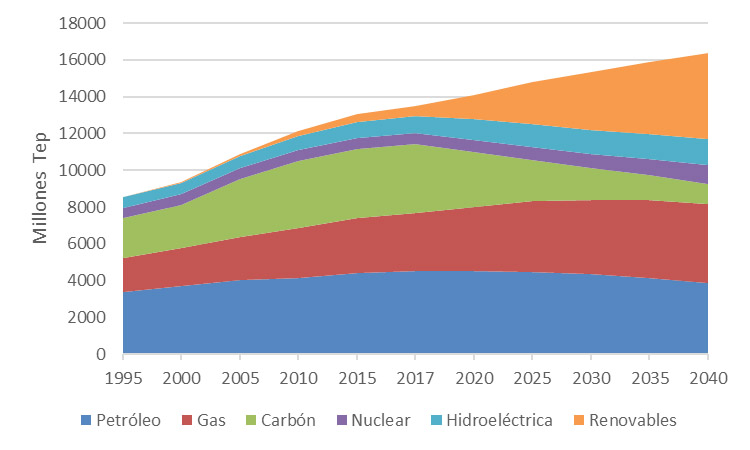
Figure: growth in global energy consumption in a rapid energy transition scenario (implementation of emission reduction policies in all sectors). Source: BP GLOBAL 2019
Other low-carbon technologies
Such as nuclear, fuel replacement (e.g.: hydrogen), large-scale implementation of e-mobility and carbon capture, use and storage.




